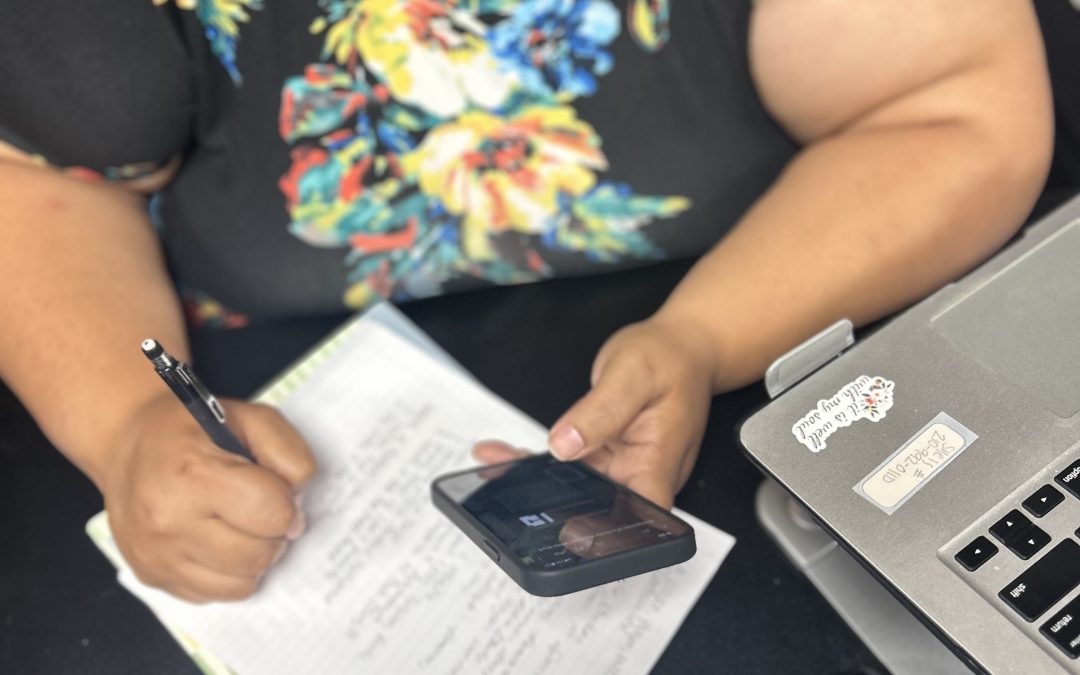By definition, passive income is money earned with little to no ongoing effort. Think royalties, stock dividends, or rental income. But for most of us in private practice, the “passive” income streams we’re exploring—courses, workbooks, memberships—aren’t truly passive. There’s the upfront creation process (which is no small task), the ongoing maintenance, and of course… the marketing.
Types of “Passive Income” Counselors Explore
Here are some of the most common streams therapists consider:
1. Online Courses
Creating an evergreen course (hosted on platforms like Kajabi, Teachable, or Thinkific) can be a great way to share your expertise. The idea is that once it’s created, it keeps selling.
Reality check: recording modules, editing videos, designing handouts, uploading everything, and then setting up sales pages and email funnels takes a huge upfront investment. And it’s not a “set it and forget it” system—you’ll still need to update content, troubleshoot tech, and market the course.
2. Workbooks or Digital Products
PDFs, journals, or self-guided resources are lower-lift than a full course. You can host them on your own site, Gumroad, or Etsy.
Reality check: even though the product is digital, you still need an audience that wants it, plus a way to get eyes on it consistently.
3. Membership Communities
Some therapists create ongoing membership spaces with curated content, live Q&As, or community groups. Think Patreon-style models or communities hosted on Kajabi or Circle.
Reality check: these are recurring revenue streams—but definitely not passive. Memberships take consistent effort to keep people engaged and prevent churn.
4. Real Estate or Subleasing Office Space
Yes, some counselors diversify by becoming landlords or subleasing office space.
Reality check: if you’ve ever been a landlord, you know there’s nothing passive about maintenance requests, leases, and tenant management.
The Biggest Myth: “If You Build It, They Will Come”
Here’s the tough truth I learned the hard way: you can’t sell an item or resource unless you have an audience for it.
Just because you created something valuable doesn’t mean people will automatically find it.
You need to:
-
Know who your ideal audience is.
-
Make sure your product solves a problem they actually care about.
-
Build visibility in the places they already hang out (social media, email lists, podcasts, collaborations).
Social media is helpful—but pause and ask yourself: “Are the people who follow me the same people who would buy this product?” If not, it’s time to rethink your strategy.
Marketing Matters More Than the Product
Here’s the bottom line: creating an online course, workbook, or product is just step one. The bigger job is marketing it to the right audience.
-
Build an email list.
-
Learn how to launch.
-
Talk about your product consistently, not just once.
-
Position it as the solution to a problem your audience already knows they have.
Because let’s be real—just because you think something is a problem doesn’t mean your audience agrees. Every successful product is simply a solution to a felt need.
My Takeaway as a “Passive Income” Creator
Do I believe therapists can diversify income streams and create things that keep generating revenue over time? Absolutely.
Do I believe those things are truly passive? Not really.
The work upfront, the marketing, the updates, the energy—it all counts. And that’s okay. It’s worth it if it’s aligned with your purpose and serves your audience.
So if you’re thinking about creating a new product, start with this question:
“Do I have an audience for this, and does it solve a problem they actually want solved?”
That’s the real key to making your ideas sustainable.

